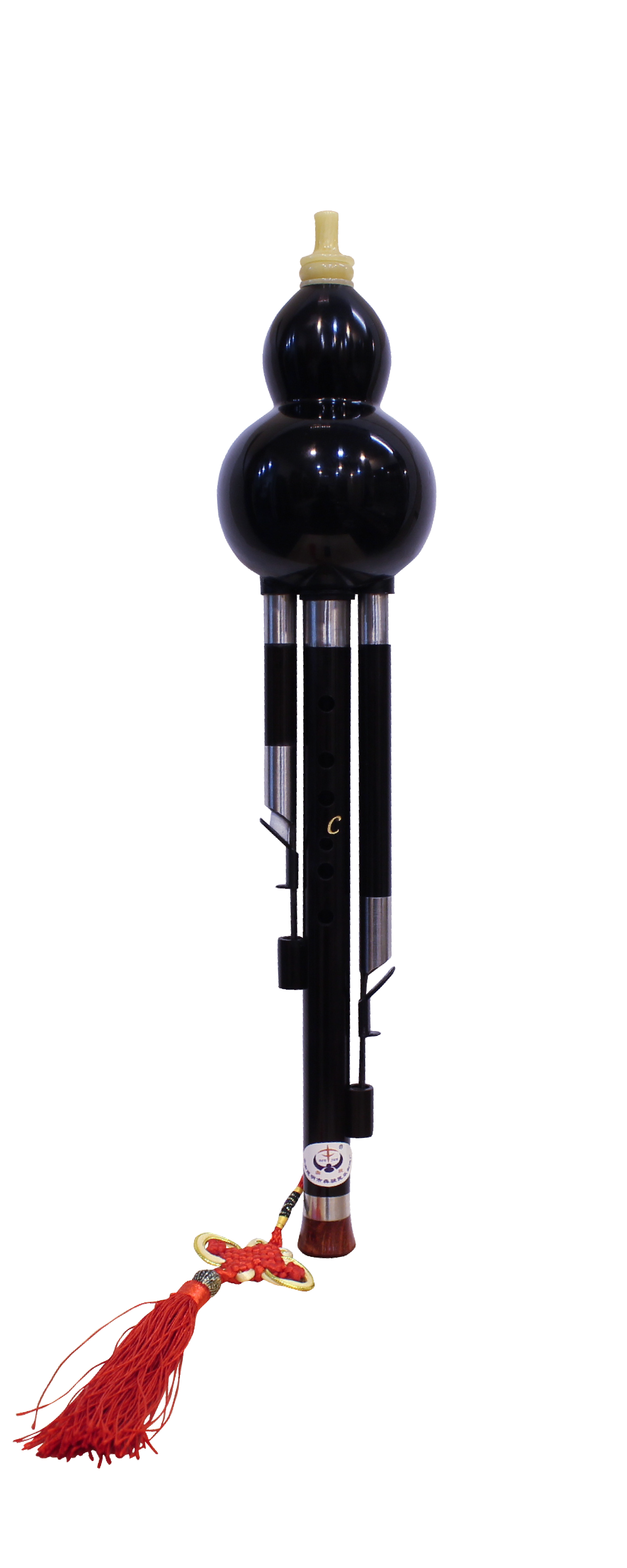
Hulusi - Chinese Woodwind Instrument
A free-reed aerophone, the hulusi is usually played by Dai and Yi minority tribes in Yunnan, China. This Chinese gourd flute is related to instruments such as the bawu. Known as the bilingdao to the Dais, it is usually played by their men to woo and demonstrate love towards women; other minorities play this instrument while take a breather from field work.
Many appreciate the hulusi for its warm tone and haunting timbre, but owing to its limited volume, it is hardly used in ensembles. The first hulusi was created in 1958, consisting of fourteen notes. In the seventies, the hulusi was then developed to include two pipes, each tuned a fourth apart from each other.
Currently, single-pipe hulusis are not commonly found; most are usually made with two or three pipes. These are stopped with wax or cloth, altering their pitch. More developed models have a mechanism reminiscent of the slide-whistle, allowing the performer to tune this gourd flute to any pitch. Alto, tenor and bass versions are also available. Today’s hulusi is typically constructed with three pipes, two tone pipes and seven finger holes (in the centre pipe), and is typically tuned to the C major pentatonic scale.
CURIOUS HOW THE HULUSI SOUNDS LIKE?

